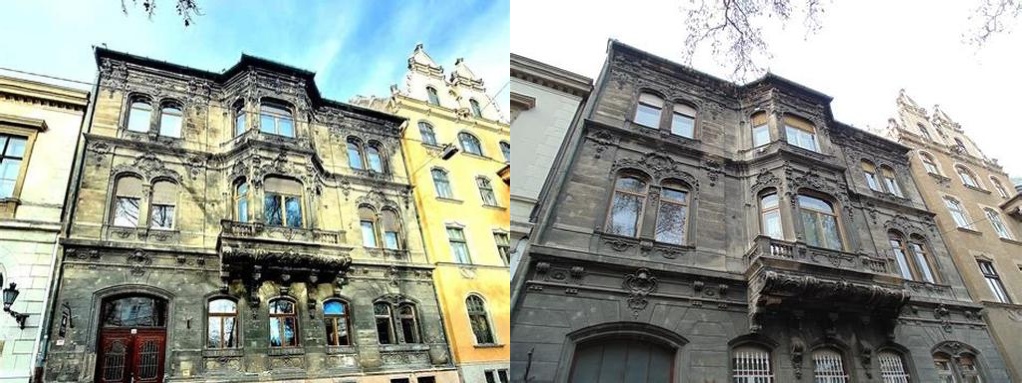
Tauffer-palota surprises many first-time visitors in Budapest. Tucked just off the bustling city avenues, its façade stands as a graceful relic of a fascinating period in Hungarian history. While many palatial buildings in the city attract tourists in droves, Tauffer-palota is often described as a hidden gem, a place where the grandeur of the late 19th century feels very much alive, yet unbothered by the crowds. For anyone interested in the deeper layers of Budapest’s story—beyond the obvious highlights—the palace offers a rewarding detour.
The story of the palace begins with the vision of Dr. József Tauffer, a renowned obstetrician who left an indelible mark not only on his profession, but on the city of Budapest itself. Completed in 1898, the palace was originally conceived not as a mere symbol of affluence, but as a home and a private clinic for Dr. Tauffer. In fact, it is considered one of Europe’s earliest purpose-built private maternity clinics, reflecting not just the social spirit of the era but also the personal commitment of Dr. Tauffer to women’s health. Entering the building today, it’s easy to imagine the gentle hum of medical activity that once filled its rooms and corridors—a rare blend of aristocratic elegance and serious medical purpose.
Unlike some of Budapest’s more ostentatious palaces, what sets Tauffer-palota apart is its understated yet meticulous beauty. Architectural details nod to the Art Nouveau movement, with its flowing lines, ornamental stonework, and subtle floral motifs. The pale exterior plays with light in a way that makes the building seem to almost glow during the golden hours. Inside, if you’re lucky enough to catch a glimpse during cultural events or guided tours, you’ll notice delicate stuccoes and airy, high-ceilinged rooms designed not just for comfort, but also to foster a sense of well-being and care. It’s a particularly striking contrast between the serenity of private medicine and the dramatic civic architecture that dominates much of central Budapest.
Just as intriguing as the palace’s original use is the way its story weaves into the broader social landscape. In the late 19th and early 20th centuries, Budapest was flourishing as a center for science, art, and commerce, drawing ambitious minds from across Europe. Dr. Tauffer was part of a dynamic new professional elite, and his palace-clinic embodies that forward-thinking spirit. If you pause outside and imagine the ornate carriages arriving, or the respectful bustle of its staff, you get a true sense of the energy that once thrummed through these walls. The building has survived wars and regime changes, its dignity intact, and now forms an evocative backdrop to the everyday lives of Budapesters.
While the palace no longer functions as a maternity clinic, it’s enjoyed a new life in recent decades, occasionally opening its doors for heritage events and themed exhibitions. Its location puts visitors within easy walking distance of other city highlights, yet stepping onto its grounds always feels as though you’ve left the present moment behind. It’s this quiet authenticity and layered history that make Tauffer-palota a place worth seeking out. Whether your interests lie in architecture, urban history, or the stories of remarkable individuals, the palace offers a contemplative experience—one that invites you to imagine Budapest not just as it is, but as it once aspired to be.





